Coarse and Fine Particle Flotation Recovery
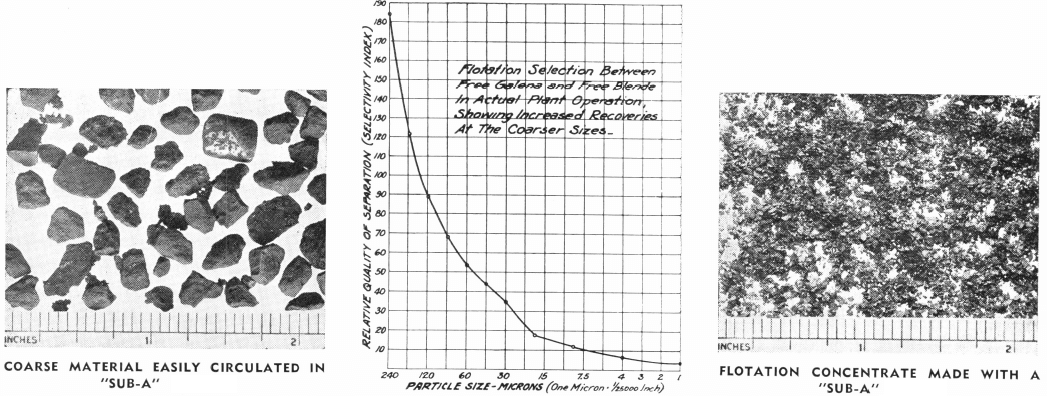
In The Days of gravity concentration, the art of ore dressing developed on the cardinal principle of saving the values at as coarse a size as possible. Flowsheets were designed which featured an alternation of crushing and concentrating operations. Thus an ore might be crushed to ½ inch, jigged to yield a finished concentrate and a […]
Mineral Processing and Extractive Metallurgy

The first objective of Mineral Processing and Extractive Metallurgy is to remove the Mineral as soon as freed and as coarse as possible” is the first rule in treating complex ores. Ores containing two or three metals have been satisfactorily treated for a number of years. Today, however, ores containing as high as four, five […]
Mineral Processing and Ore Dressing

Before the event of ore dressing, crude ores were shipped directly to the smelters, or the refineries, with the shipper paying the freight and treatment charges. These charges varied with the type of ore and the distance from the smelter. In all cases they were many times our modem milling costs. While the smelter recovered […]
Thickeners

The practice of thickening or clarification is usually carried out in decantation tanks employing gravity settling or sedimentation. These tanks are fitted with mechanical scrapers to collect and move the settled solids to the point of discharge, the clear overflow being collected and removed by means of peripheral launders. These tanks, equipped with mechanical scraping […]
Wooden Tank Capacity Tables – Diameter X Height
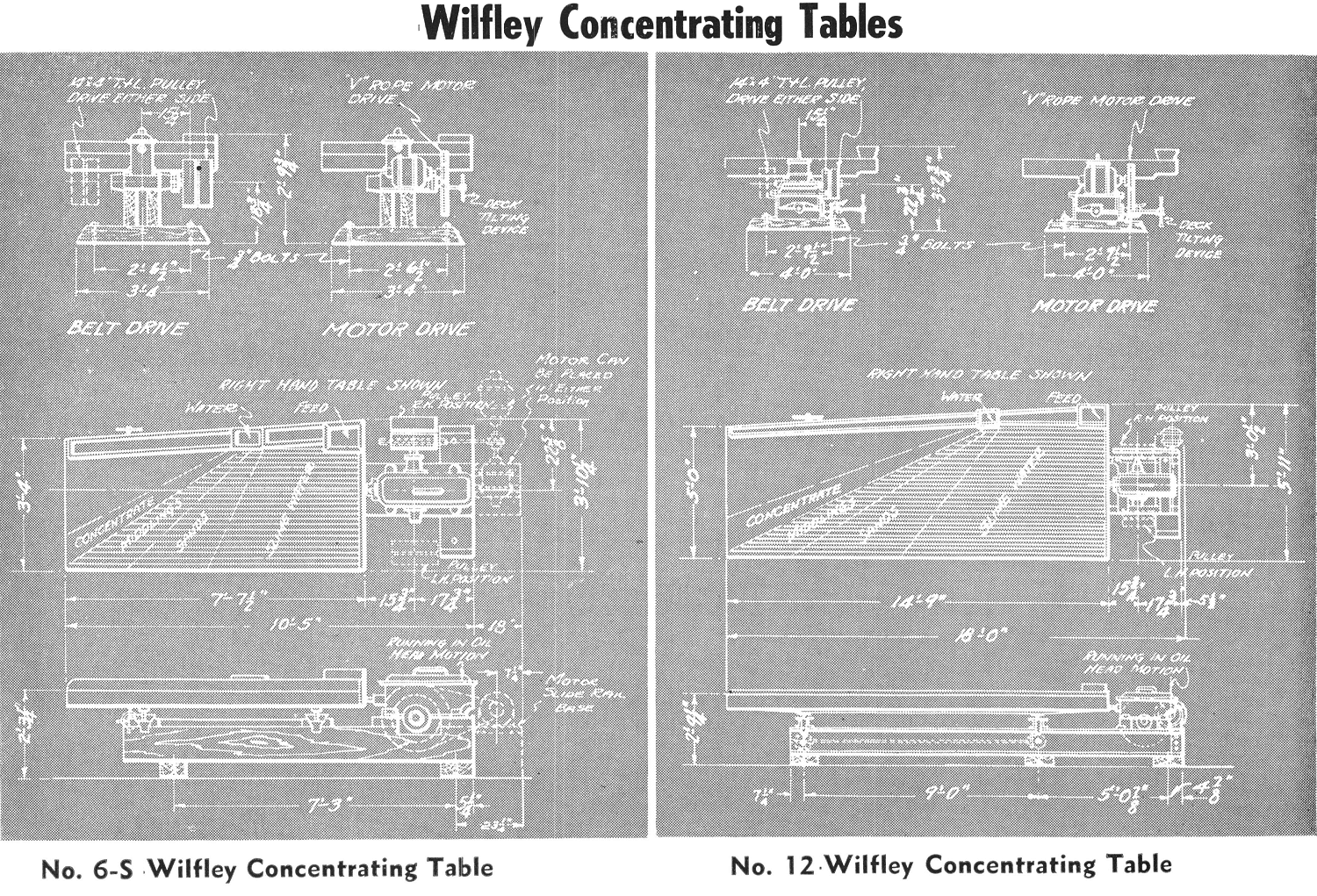
Source: This article is a reproduction of an excerpt of “In the Public Domain” documents held in 911Metallurgy Corp’s private library.
Suction-Pressure Diaphragm Pumps
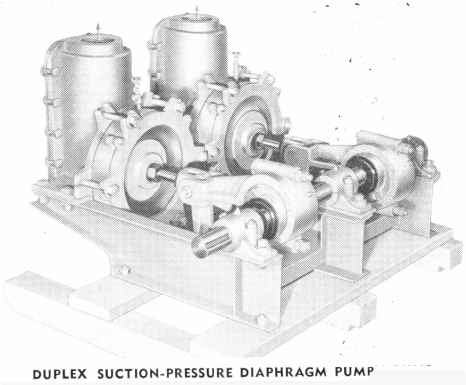
Suction-Pressure Diaphragm Pump Working Principle and Operations Each Suction-Pressure Diaphragm Pump consists essentially of a pump bowl, in a vertical position, with one rubber diaphragm on the ¾” size and two molded rubber diaphragms on the larger sizes, mounted on one side of the pump bowl. The pump bowl has two valves; the intake, or lower […]
Guide to Flotation Cells in Mineral Processing
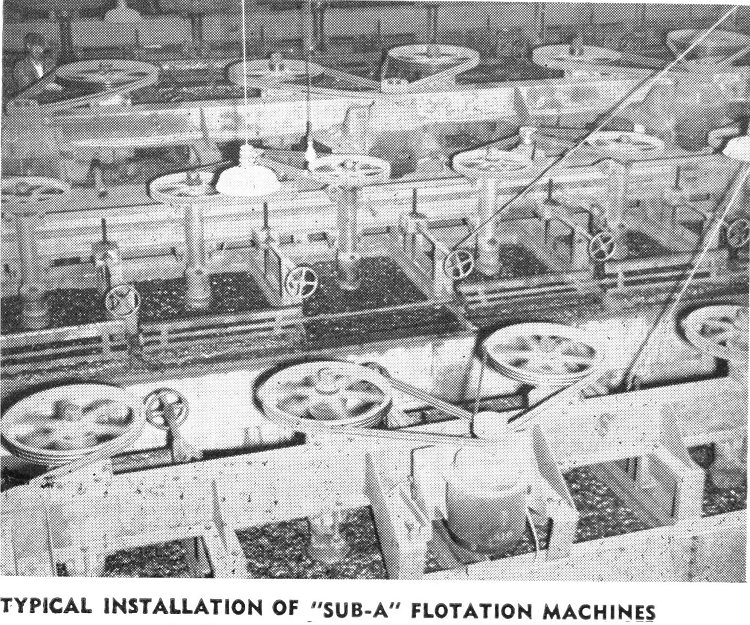
The flotation process and related flotation cells are widely used for treating metallic and nonmetallic ores and in addition, it is receiving an ever widening application in other industries. A greater tonnage of ore is treated by flotation than by any other single process. Practically all the metallic minerals are being recovered by the flotation process […]
Jigging Separation Process Principle

The Mineral Jig is not just another gravity Separation Process. It is a highly efficient selective pulsator and concentrating machine which has the ability to treat an unclassified feed separating solids having only a slight differential in settling rates, with only a minimum addition of water. 1000s of these Mineral Jigging machines are now in operation on […]
Rotary Dryer Design & Working Principle
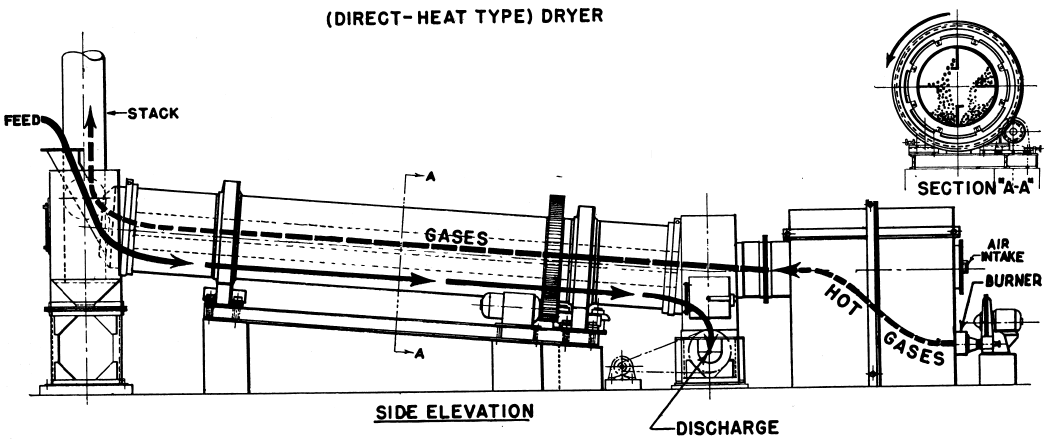
For evaporating moisture from concentrates or other products from plant operations, Rotary Dryers are designed and constructed for high efficiency and economy in fuel consumption. Whenever possible to apply heat direct to the material to be dried, Rotary Dryers of the Direct Heating Design are used. If it is not possible to apply heat direct to […]
Small Jaw Crushers
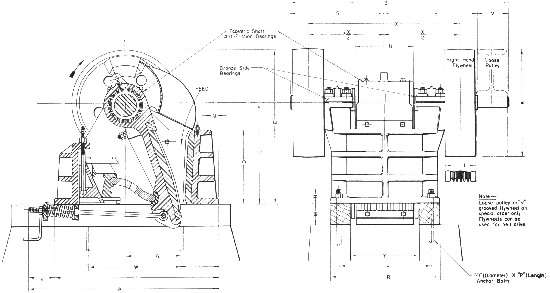
We offer two types of forced feed and yet small jaw crushers: The Type “H” has cast steel or alloy iron frame, steel bumper with over-size roller eccentric bearings, bronze side bearings and manganese steel jaw and cheek plates. The Type “J” is made in two styles, one with bronze bearings and the other with anti-friction […]
